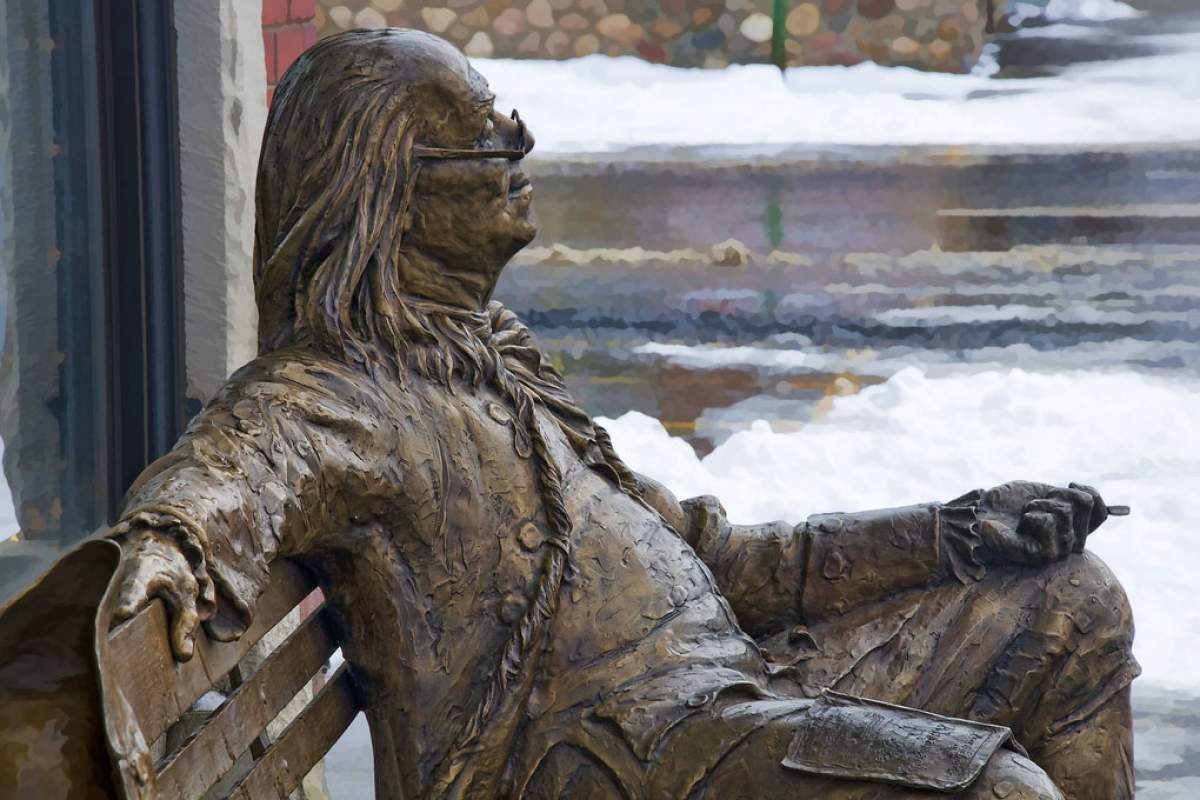
In 1757, Benjamin Franklin made some astute observations about heat and cold. When he touched the metal lock on his desk and then touched the desk's wood, the lock felt colder, despite both having been exposed to the same temperature in the room.
Franklin concluded that the metal lock felt colder because metal is a better conductor of heat than wood, and drew heat from his hand more than the wood did.
Good Vibrations
At that time, Franklin could not have known the real nature of heat. It was not until many decades later that heat was revealed as random vibration of the atoms that make up all the objects around us.
Faster vibration means hotter temperature. Those vibrations are conveyed from hot to cold objects when they touch. On a large scale, however, heat behaves very much like a fluid passed from object to object.
Benjamin Franklin's desk observations demonstrated that metal conducts heat faster than wood. He demonstrated that fact even more dramatically with a silver dollar and a candle.
A Letter From Mr. Franklin
Franklin wrote: "...if you take a dollar between your fingers with one hand, and a piece of wood, of the same dimensions, with the other, and bring both at the same time to the flame of a candle, you will find yourself obliged to drop the dollar before you drop the wood."
So, using very simple objects, once again Benjamin Franklin was ahead of his time in his research on heat and cold. If you want to learn more about Franklin's experiments with hot and cold, you could read about how he used cloth and snow to learn more about heat.
Read More:
Letter to John Lining, April 14, 1757, reprinted in Nathan Goodman, ed., The Ingenious Dr. Franklin: Selected Scientific Letters of Benjamin Franklin (1931).









